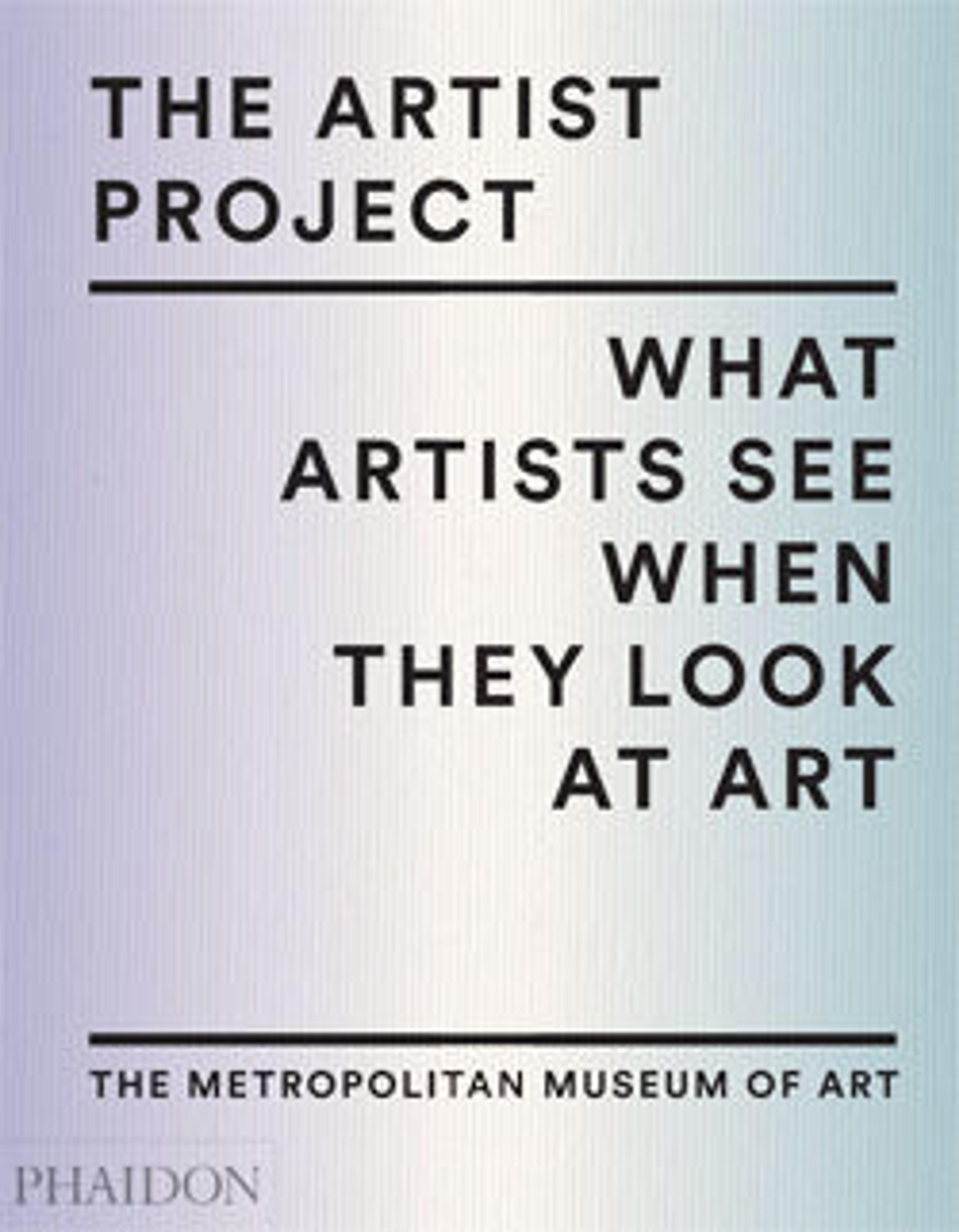The Mythos of Lost Dynasties-Form C: Pseudo-seal Scripture in Calligraphic Copybook Format
Created from 1983 to 1987, the Pseudo-seal Scripture in Calligraphic Copybook Format series consists of 50 works that each showcases ten seal-script characters written within a two-by-five grid. The characters are typically set against an amorphous background that resembles clouds or mist. Gu achieved this effect by splashing water over the half-dried ink of the written characters—a signature process developed and deployed by the artist in many of his conceptual paintings during the 1980s. In the current gift, the splashy patterns of ink appear to originate from the characters and radiate outwards.
Confidently executed in fluid forms with lines of uniform width, Gu’s characters resemble traditional seal script writing, an early form of Chinese script that came to be used for seals carved from stone or cast from bronze, but they are in fact characters invented by Gu, who has combined familiar ideographic components to create nonsensical forms. Though they have the authoritative visual presence of seal script, none of the characters is legible. The gridded arrangement, which heightens the work’s initial impression of authority, is taken from the copybook format, the foundational tool of basic training for young calligraphers. It is through repetitive copying from copybooks that amateur calligraphers master the fundamentals of script types and composition. By undermining the viewers’ assumption of the characters’ legitimacy and the authority of the copying practice, Gu questions the function of language in documenting history and disseminating culture. While Gu’s conceptual engagement with language at the time was influenced by his study of Western texts, particularly those of Wittgenstein, Freud, Nietzsche, and Popper, his works ultimately addressed the unique situations of contemporary China. Gu has said, “most Chinese people, even educated ones, are unable to read seal-script characters. This idea of ‘unreadability’ conveyed a mythical sense of infinity and eternity to me…In their outright rejection of classical Chinese traditions and in their suggestion of something clandestine, the Pseudo-Characters series represented my first brush with a societal taboo.” (Wu Hung, Transience:Chinese Experimental Art at the End of the Twentieth Century. Chicago: David and Alfred Smart Museum of Art, University of Chicago, 1999, p. 41)
The appearance of newsprint impressions in the areas of ink wash is the result of using newspaper to absorb the water that Gu poured over the written surface to achieve a blurred effect (August 1, 2013 email exchange with Guo Zhen, Gu's ex-wife, who sometimes participated in the production of Gu’s works in the 1980s).
Two red seals are stamped on the upper and lower left corners in the lower left grid Wenda 文达 (the artist’s name) and xinhe心壑 (meaning “gullies of the mind”).
Confidently executed in fluid forms with lines of uniform width, Gu’s characters resemble traditional seal script writing, an early form of Chinese script that came to be used for seals carved from stone or cast from bronze, but they are in fact characters invented by Gu, who has combined familiar ideographic components to create nonsensical forms. Though they have the authoritative visual presence of seal script, none of the characters is legible. The gridded arrangement, which heightens the work’s initial impression of authority, is taken from the copybook format, the foundational tool of basic training for young calligraphers. It is through repetitive copying from copybooks that amateur calligraphers master the fundamentals of script types and composition. By undermining the viewers’ assumption of the characters’ legitimacy and the authority of the copying practice, Gu questions the function of language in documenting history and disseminating culture. While Gu’s conceptual engagement with language at the time was influenced by his study of Western texts, particularly those of Wittgenstein, Freud, Nietzsche, and Popper, his works ultimately addressed the unique situations of contemporary China. Gu has said, “most Chinese people, even educated ones, are unable to read seal-script characters. This idea of ‘unreadability’ conveyed a mythical sense of infinity and eternity to me…In their outright rejection of classical Chinese traditions and in their suggestion of something clandestine, the Pseudo-Characters series represented my first brush with a societal taboo.” (Wu Hung, Transience:Chinese Experimental Art at the End of the Twentieth Century. Chicago: David and Alfred Smart Museum of Art, University of Chicago, 1999, p. 41)
The appearance of newsprint impressions in the areas of ink wash is the result of using newspaper to absorb the water that Gu poured over the written surface to achieve a blurred effect (August 1, 2013 email exchange with Guo Zhen, Gu's ex-wife, who sometimes participated in the production of Gu’s works in the 1980s).
Two red seals are stamped on the upper and lower left corners in the lower left grid Wenda 文达 (the artist’s name) and xinhe心壑 (meaning “gullies of the mind”).
Artwork Details
- Title:The Mythos of Lost Dynasties-Form C: Pseudo-seal Scripture in Calligraphic Copybook Format
- Artist:Gu Wenda (Chinese, born 1955)
- Date:1983–87
- Culture:China
- Medium:Hanging scroll; ink on paper
- Dimensions:Image: 24 1/4 × 36 7/8 in. (61.6 × 93.7 cm)
Overall with mounting: 53 1/8 × 41 5/8 in. (134.9 × 105.7 cm)
Overall with knobs: 53 1/8 × 44 3/4 in. (134.9 × 113.7 cm) - Classification:Paintings
- Credit Line:Gift of Doris Dohrenwend, in memory of her mother, Gertrude Funke Dohrenwend, 2013
- Object Number:2013.628
- Curatorial Department: Asian Art
More Artwork
Research Resources
The Met provides unparalleled resources for research and welcomes an international community of students and scholars. The Met's Open Access API is where creators and researchers can connect to the The Met collection. Open Access data and public domain images are available for unrestricted commercial and noncommercial use without permission or fee.
To request images under copyright and other restrictions, please use this Image Request form.
Feedback
We continue to research and examine historical and cultural context for objects in The Met collection. If you have comments or questions about this object record, please contact us using the form below. The Museum looks forward to receiving your comments.
